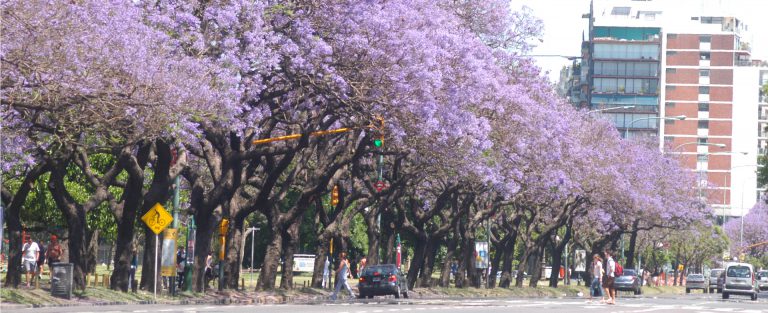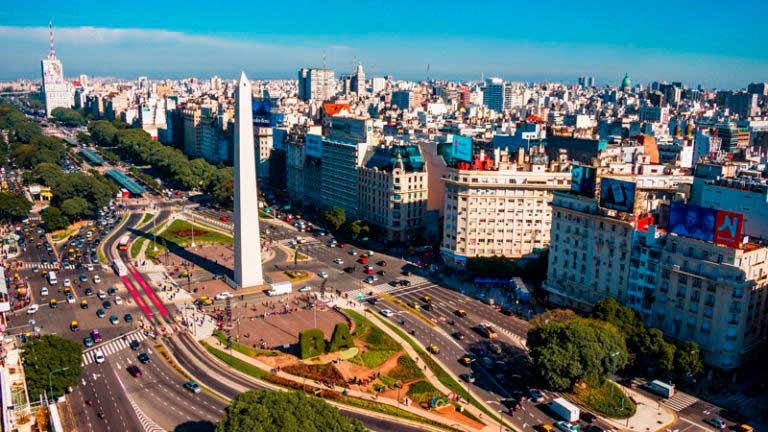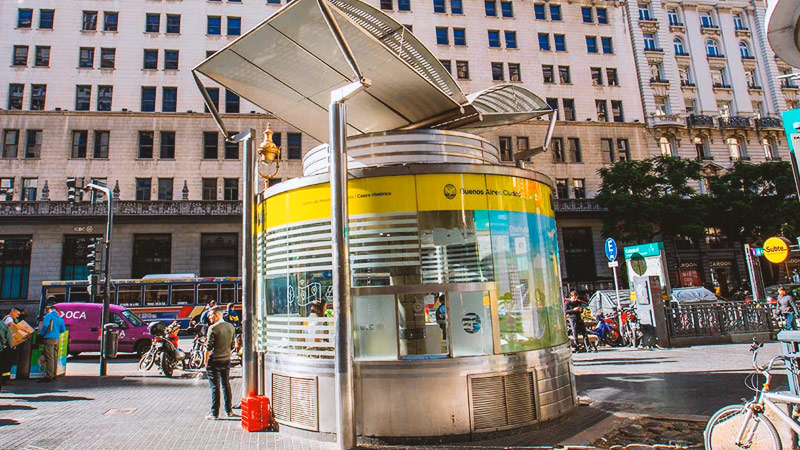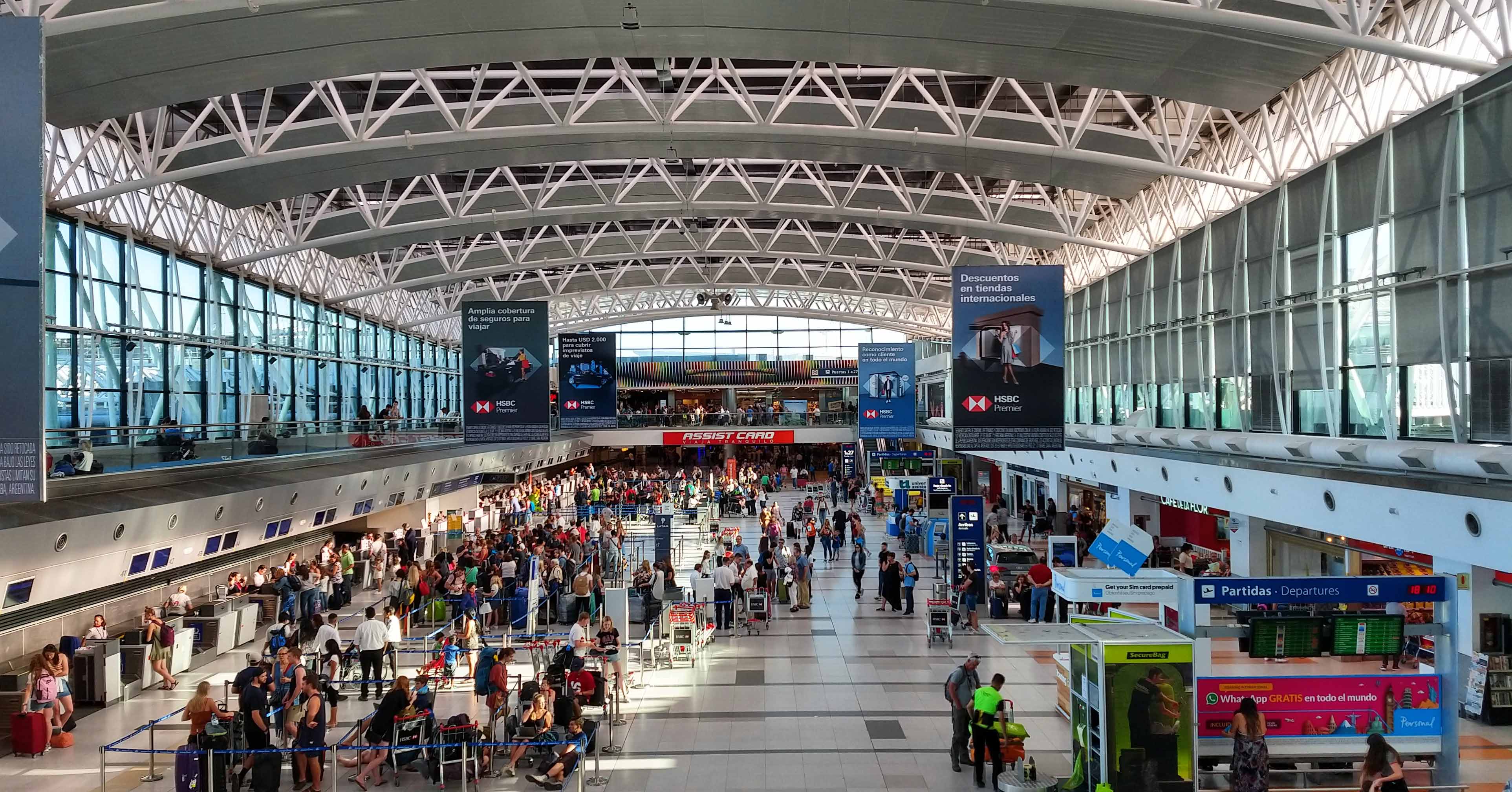Buenos Aires is a city to visit all year round
With an average annual temperature of 18ºC (64 ° F), the days of intense heat and cold are not so many.
The coldest month is July. Although there are no frosts, it is necessary to go out with a wool coat, jacket, especially, scarf and, for the coldest, gloves and a hat. In winter the cold is moderate during the day, but at night the temperature drops considerably. In addition, the humidity makes it feel more.
In summer the heat is usually humid. The mornings are hot, towards noon and during the early afternoon the temperatures increase significantly and at night the heat decreases slightly, so cool and light clothing is worn.
The rainiest seasons are autumn and spring (from March to June and from September to December). They tend to be drizzles or brief rains that do not impede the development of activities or walking down the street, where it is simply recommended to have an umbrella or raincoat. On sunny days in autumn and spring, the mornings are cool, the temperature rises pleasantly towards noon and falls at night.
Curiosities
- Veranito de San Juan: Around June 24 (date of birth of Saint John the Baptist), in the middle of winter, the temperature can reach 24 ° C (75 ° F). The phenomenon lasts between 3 and 7 days. It is common to observe people sunbathing in city squares, as if spring had arrived.
- Santa Rosa Storm: cycle of rains and thunderstorms that erupts with the arrival of spring, at the end of the cold season. It occurs in the days close to August 30, the Santa Rosa festival (“Buenos Aires, Secret City”, Germinal Nogués).
- Snow in Buenos Aires: Buenos Aires history records only two snowfalls: the first was on the night of June 22-23, 1918 and the second during the holiday of July 9, 2007.
Seasons
- Summer (December 21 to March 20).
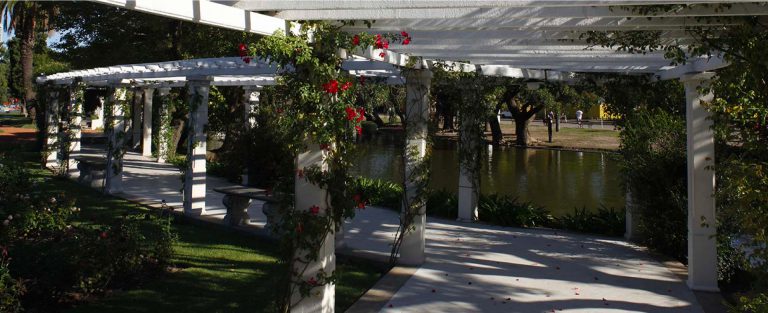
- Autumn (March 21 to June 20).

- Winter (June 21 to September 20).
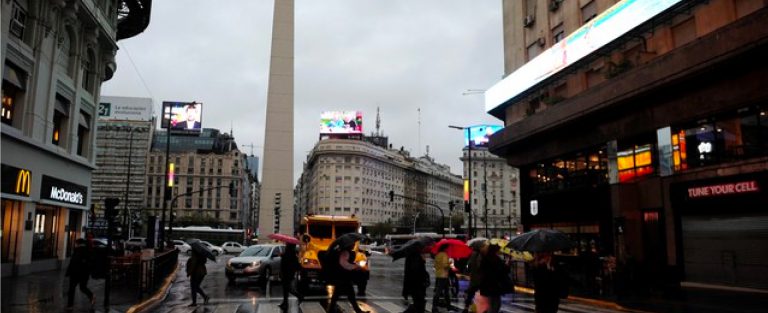
- Spring (September 21 to December 20).
